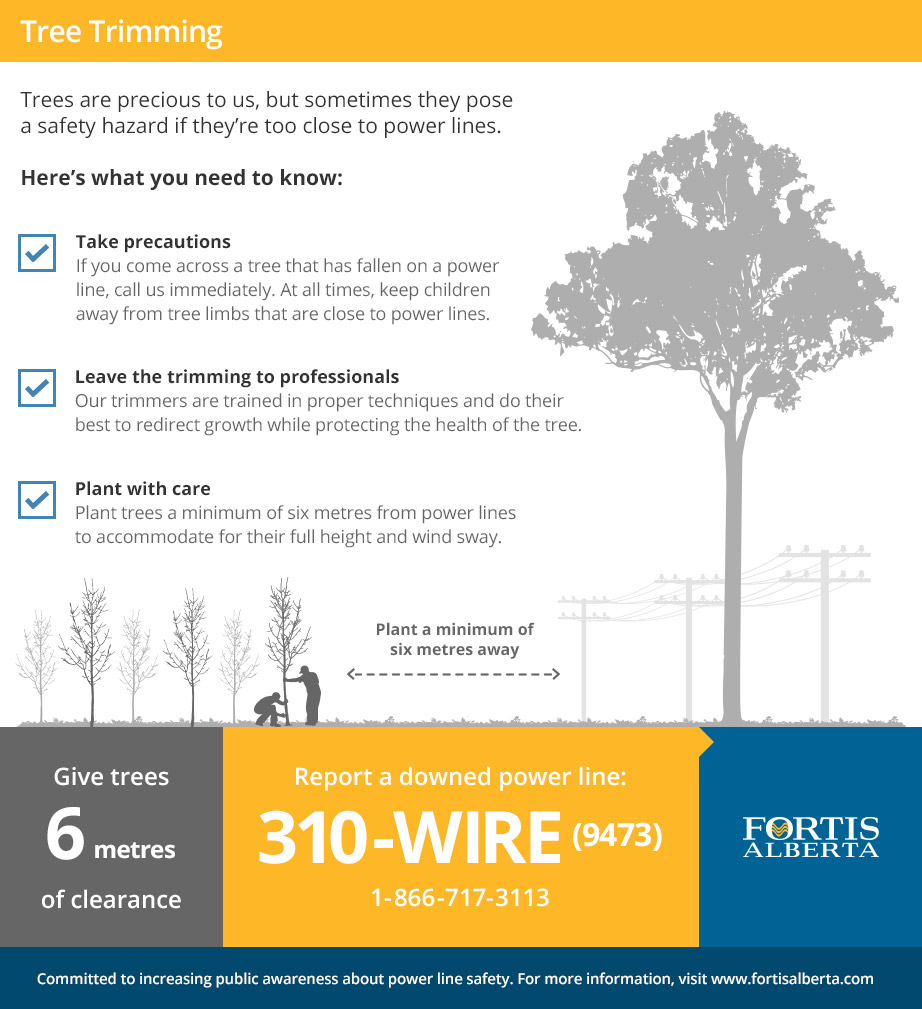Post-Tree Removal Upkeep: Efficient Methods For Landscape Repair
Post-Tree Removal Upkeep: Efficient Methods For Landscape Repair
Blog Article
Content Created By-Franks McCollum
After a tree's elimination, your landscape may look fairly various, and it's necessary to evaluate the after-effects thoroughly. You'll intend to assess the dirt disturbance and inspect bordering plants for any kind of signs of anxiety. Neglecting https://www.streetinsider.com/Press+Advantage/Boerne+Tree+Service+Provides+Emergency+Tree+Service+to+Help+Homeowners+During+the+Hurricane+Season/17327625.html can lead to bigger issues down the line. So, what should you perform with those stumps and origins? And just how do you pick the very best plants for your rejuvenated area? Allow's explore these essential actions.
Analyzing the Results: Evaluating Your Landscape
After a tree elimination, it's essential to assess your landscape to understand the impact it carries your backyard.
Begin by examining the location where the tree stood. Try to find indications of soil disruption, and inspect the bordering plants for any stress or damages.
You need to additionally bear in mind of how the removal has actually changed sunlight direct exposure and air flow in your garden. This shift can affect the development of nearby plants, so it's necessary to examine their health.
Think about the visual aspects as well; the removal might create an open space that you can redesign.
Lastly, consider any kind of possible disintegration problems that might occur from the tree's absence. Dealing with click here will assist bring back balance to your landscape.
Handling Stumps and Roots: Choices for Elimination
As soon as you've examined the aftermath of the tree elimination, you'll likely need to deal with the stump and roots left behind.
You have a few choices for elimination. One efficient technique is stump grinding, where an expert makes use of a machine to grind the stump down to below ground level. This approach leaves very little disruption to your landscape.
If you choose a do it yourself method, you can use a mix of digging and chemical stump cleaners. Simply bear in mind, this procedure can take some time and effort.
Additionally, take into consideration leaving the stump as an all-natural function, which can serve as a special yard aspect or environment for wild animals.
Whatever you select, resolving the stump and roots is essential for recovering your landscape.
Picking the Right Plants for Your New Area
As you analyze your newly removed area, picking the right plants can significantly enhance your landscape's appeal and performance.
Beginning by thinking about the sunlight and soil problems. For warm locations, go with drought-resistant plants like lavender or succulents. In shaded areas, brushes and hostas prosper well.
Think about the size and development routines of your plants; mix perennials and annuals for seasonal selection. Do not fail to remember to incorporate native types; they need less upkeep and assistance local wildlife.
Group plants in strange numbers for a more natural look and produce layers for visual depth.
Ultimately, guarantee you have a mix of colors and appearances to keep your landscape vibrant throughout the periods.
Delighted planting!
Final thought
In conclusion, recovering your landscape after tree removal is a rewarding process. By assessing the aftermath, attending to stumps and origins, and picking the right plants, you'll create a growing environment. Do not forget to include disintegration control measures to shield your soil. With a little effort and treatment, you can transform your area into a vivid yard that improves your building. Welcome the opportunity to rejuvenate your landscape and enjoy the beauty of nature right in your yard!
